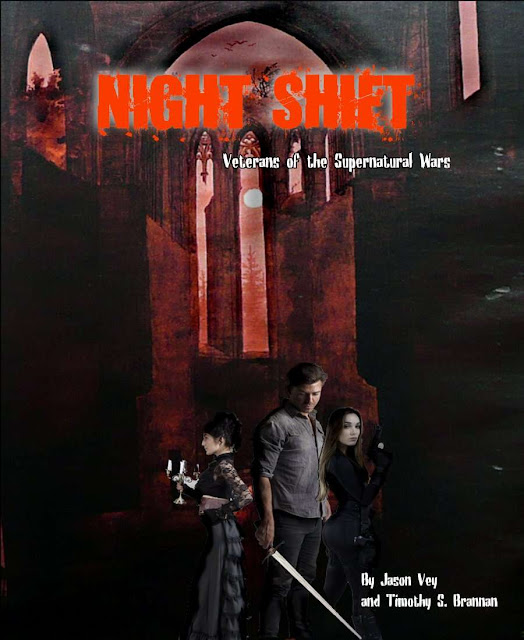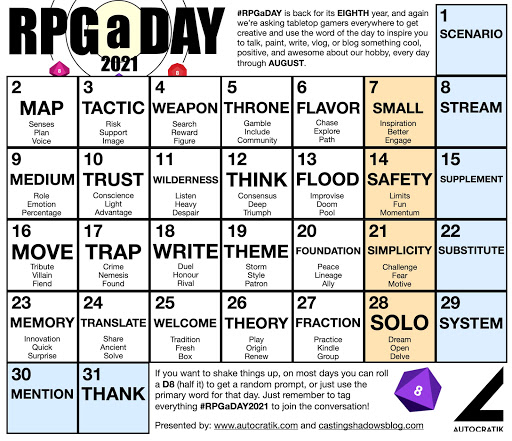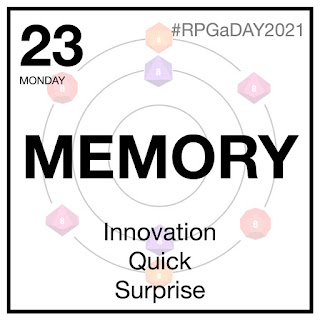#RPGaDAY2021 Day 25 Welcome

I thought it might be nice to Welcome new readers to the NIGHT SHIFT.
Day 25 Welcome
I have picked up a few new readers so I thought it might be nice to welcome them to my blog and to my game NIGHT SHIFT.
Right now NIGHT SHIFT has a Kickstarter for the first supplement, The Night Companion. This book adds new classes, monsters, magic, species, point-buy characters, and more.
But what is NIGHT SHIFT?
NIGHT SHIFT is a modern supernatural/horror RPG. The system running the game is called O.G.R.E.S., or the Oldschool Generic Roleplaying Engine System. It is a system that should be familiar to many since it is derived from the d20 SRD in an old-school, or even OSR, fashion. So if you played D&D in the 70s or 80s you will find a lot here that feels familiar. But the system is only half the picture.

The genre of NIGHT SHIFT is modern supernatural horror. Written by myself and Jason Vey, this RPG combines everything we know and have worked on over the 30+ years we each have in the RPG writing industry and 20+ each writing professionally. Games on our collective CVs include, All Flesh Must Be Eaten, Buffy the Vampire Slayer, Angel, Army of Darkness, Night Bane, Ghosts of Albion, Amazing Adventures, Spellcraft & Swordplay, the Witch, Castles & Crusades, Ravenloft, and more. NIGHT SHIFT takes all these experiences and distills them down to what we hope is the most enjoyable RPG we have ever worked on.
NIGHT SHIFT has a genre but no default setting. This way you can create your own world to play in. We DO however provide you with four different "Night Worlds." These are places to set your game in an move on from there. These include Jason's "Veterans of the Supernatural Wars" (the closest we get to a default setting) and "The Nocturnumverse" based on his campaign of something like 20 years or more. I also provide my "Generation HEX" a world where magic has come back and it only rests in the hands of tweens and teenagers, to "Ordinary World" where everyone is some sort of supernatural creature trying to get by in a world full of humans that would rather seem them all dead.
So give our game a try. We think you will enjoy it.


















